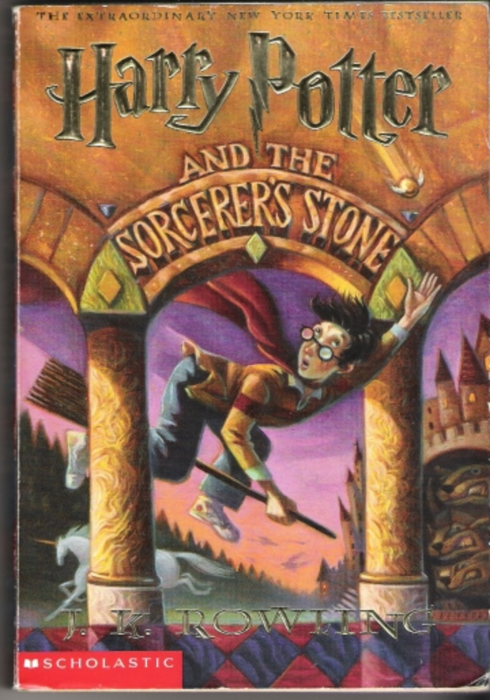All hail the marketing genius that is J.K. Rowling. She continues to bring in funds in innovative ways, while simultaneously pleasing fans and once again making them feel like a part of the series. I know this because I’ll shamelessly admit I am a huge fan, or as some call me, a “Potter-head.”
Harry Potter fanatics everywhere felt a little lost during the summer of 2011 when the last movie was released, marking an end to “the Potter era.” Shortly after, J.K. Rowling announced she would be working with Sony to launch a website called Pottermore through which fans could interact with the characters, read new material and purchase e-books for the first time.
The beta version of the site launched in late summer 2011. Fans were asked to answer questions specific to the series, and if answered correctly were granted one of the limited spots for Pottermore’s beta testing period. According to the site, 1 million people were given a spot — myself included. Pottermore allowed registrants access to the website in small groups, beginning in August and ending in late October. (Guess who was granted access on the last day?… Sigh.)
Through the site, users are guided through each chapter of the first book and given the chance to live through the experiences of Harry Potter himself. Along the way, fans can read new content from Rowling, receive a wand and get sorted into their proper Hogwarts house by taking a personality quiz. (I’m a “Ravenclaw,” in case you were wondering.) During the beta period, users were also asked to provide feedback for the site’s enhancement. This was a win-win situation as the site no doubt improved from the information, while fans were able to feel like they influenced a part of their favorite series.
It was during this time that Pottermore gained publicity. Users raved about it while non-users learned and quickly became curious. It was also during this time that Rowling promoted the sale of e-books, effectively turning Pottermore into an e-commerce site when the e-books were made available. Within a few days, sales surpassed $1 million. Though this was before the general public was admitted to the site, anyone was allowed to purchase the e-books via the Pottermore page. The general public was given access to Rowling’s interactive site about a month later.
The genius of this campaign lies in the fact that it pleases fans while maintaining Rowling’s already impressive cash-flow. Even more astonishingly, she promoted this as a way to “give back to fans,” and she did just that — but also made a ton of money. This method of marketing is one that hasn’t been done too often. Its success is evident, though, because even those who are aware that the entire site is a marketing gimmick remain faithful. The vast amount of knowledge that Pottermore provides is enough to keep fans intrigued and promote the sale of Rowling’s e-books. Companies and promoters alike should take note of how well Rowling has used her massive fan base to encourage the sale of her books.
Though Rowling has only released the first book for fans to interact with on Pottermore, the second is set to release within the next few weeks. I am fully aware that at this rate I will finish exploring all of J.K. Rowling’s new material on Pottermore by my mid-twenties — I’m 18 — but I don’t care.
That’s what is so memorable about this campaign — it will keep fans enticed for many years to come with a series that began almost 15 years ago.








